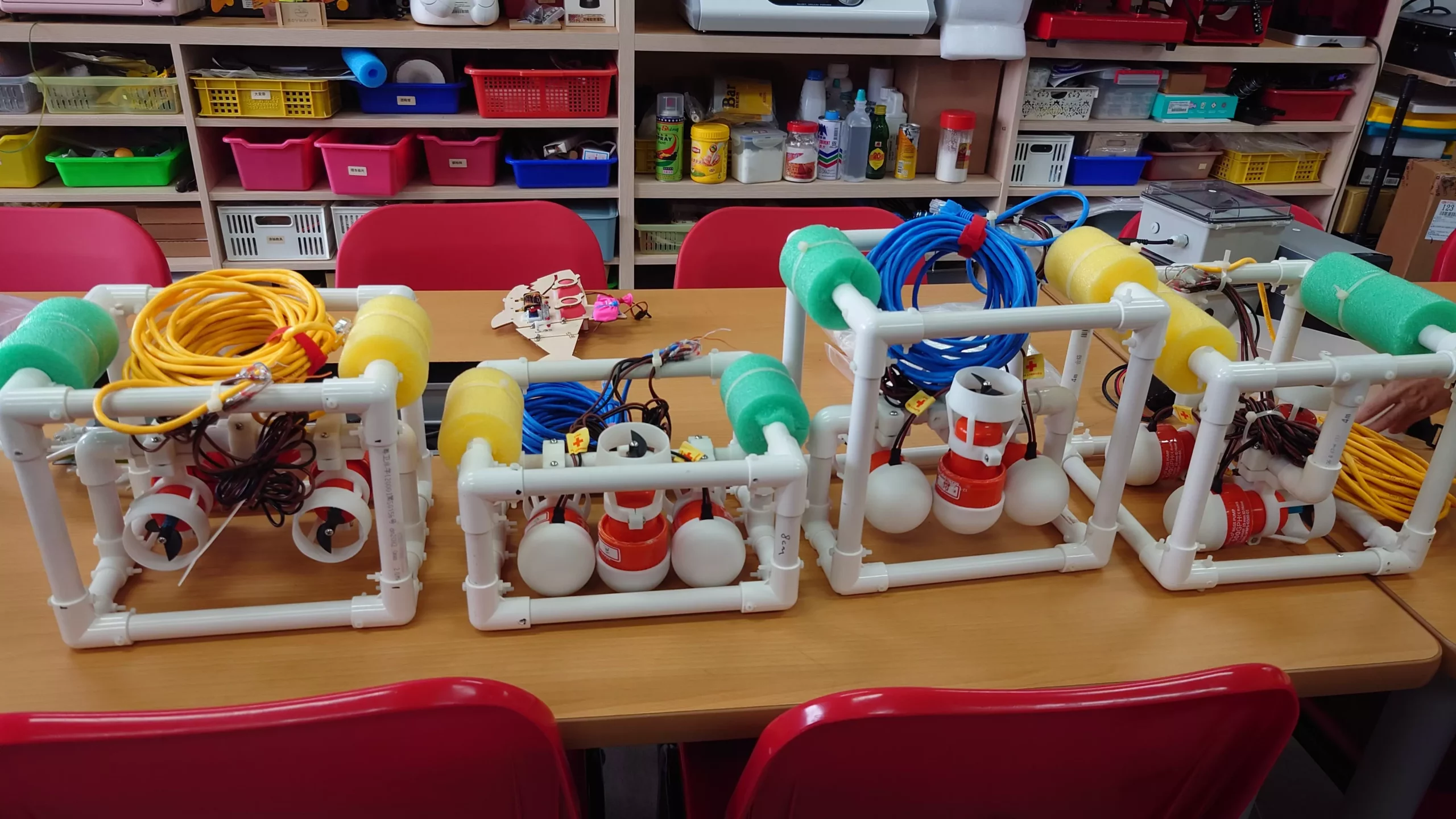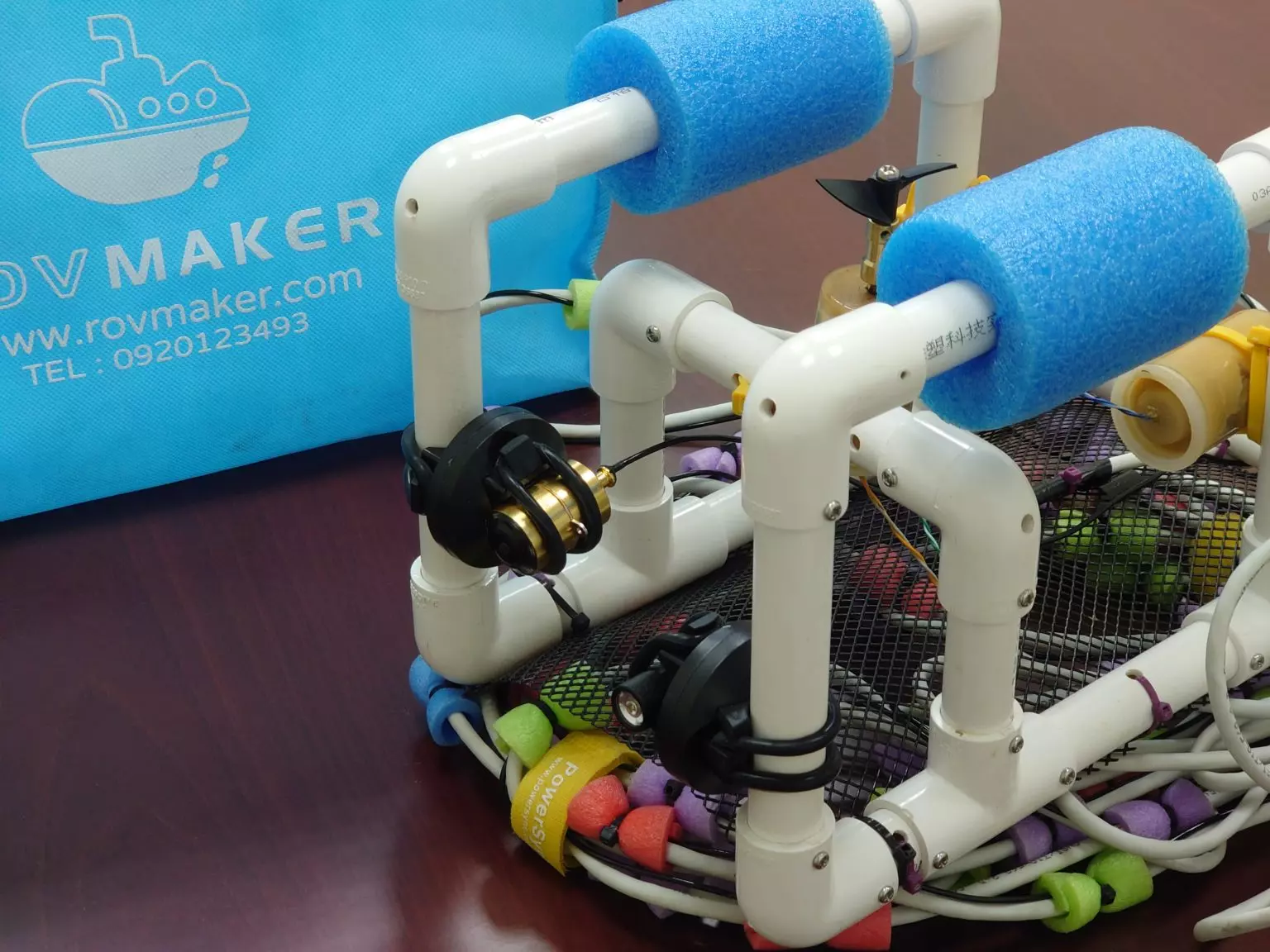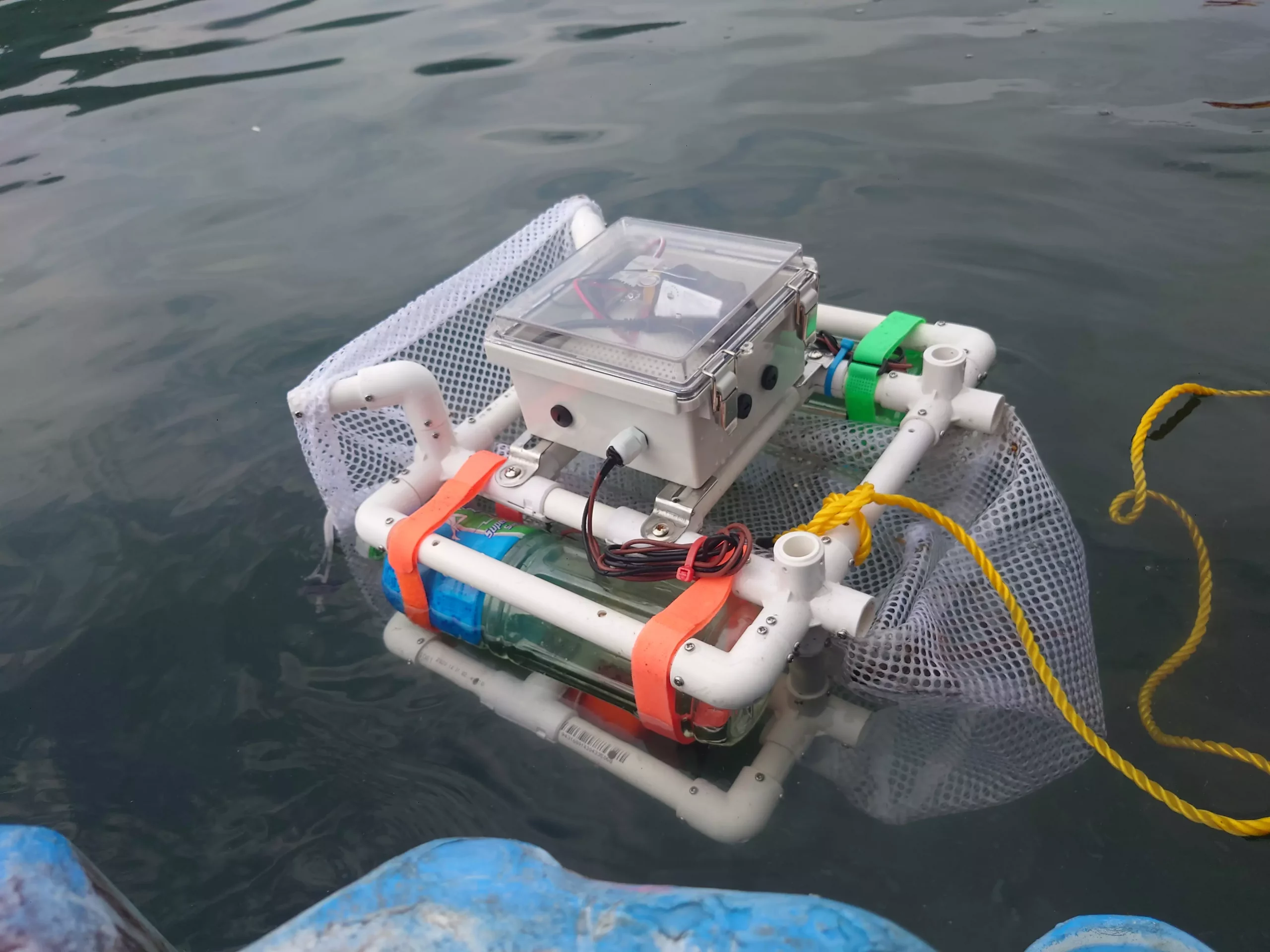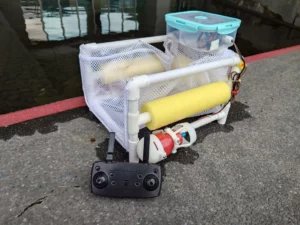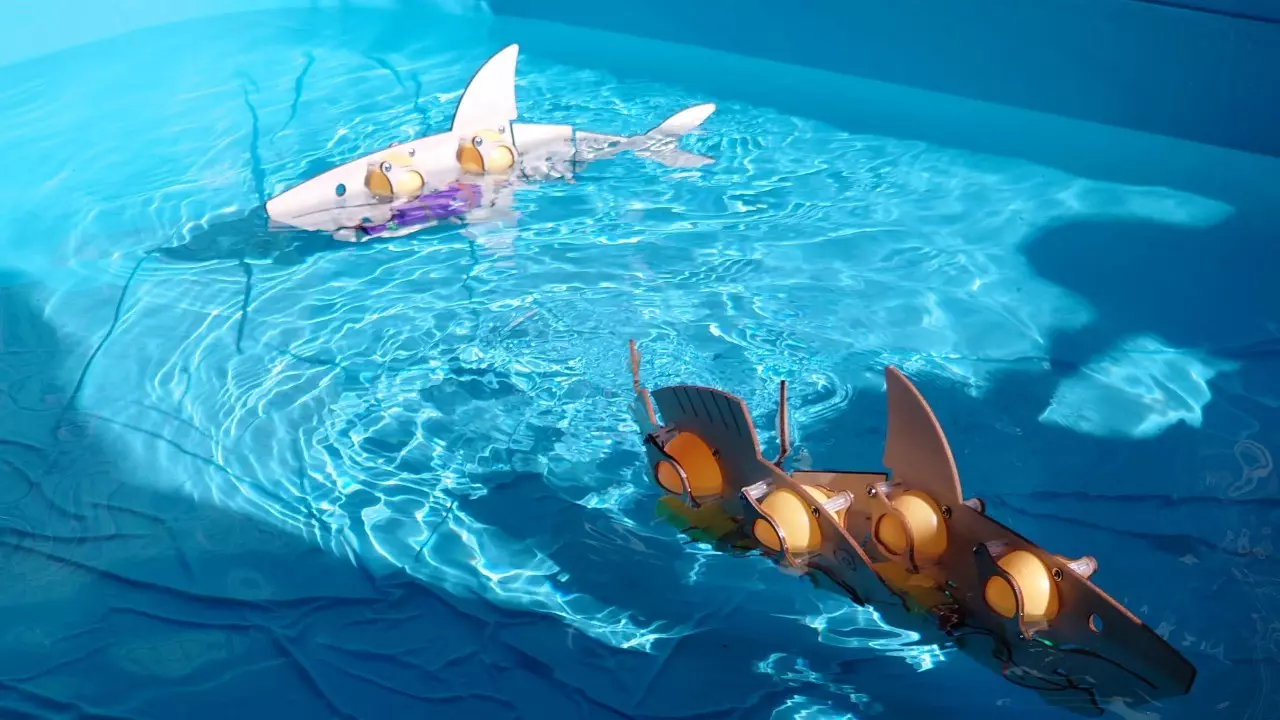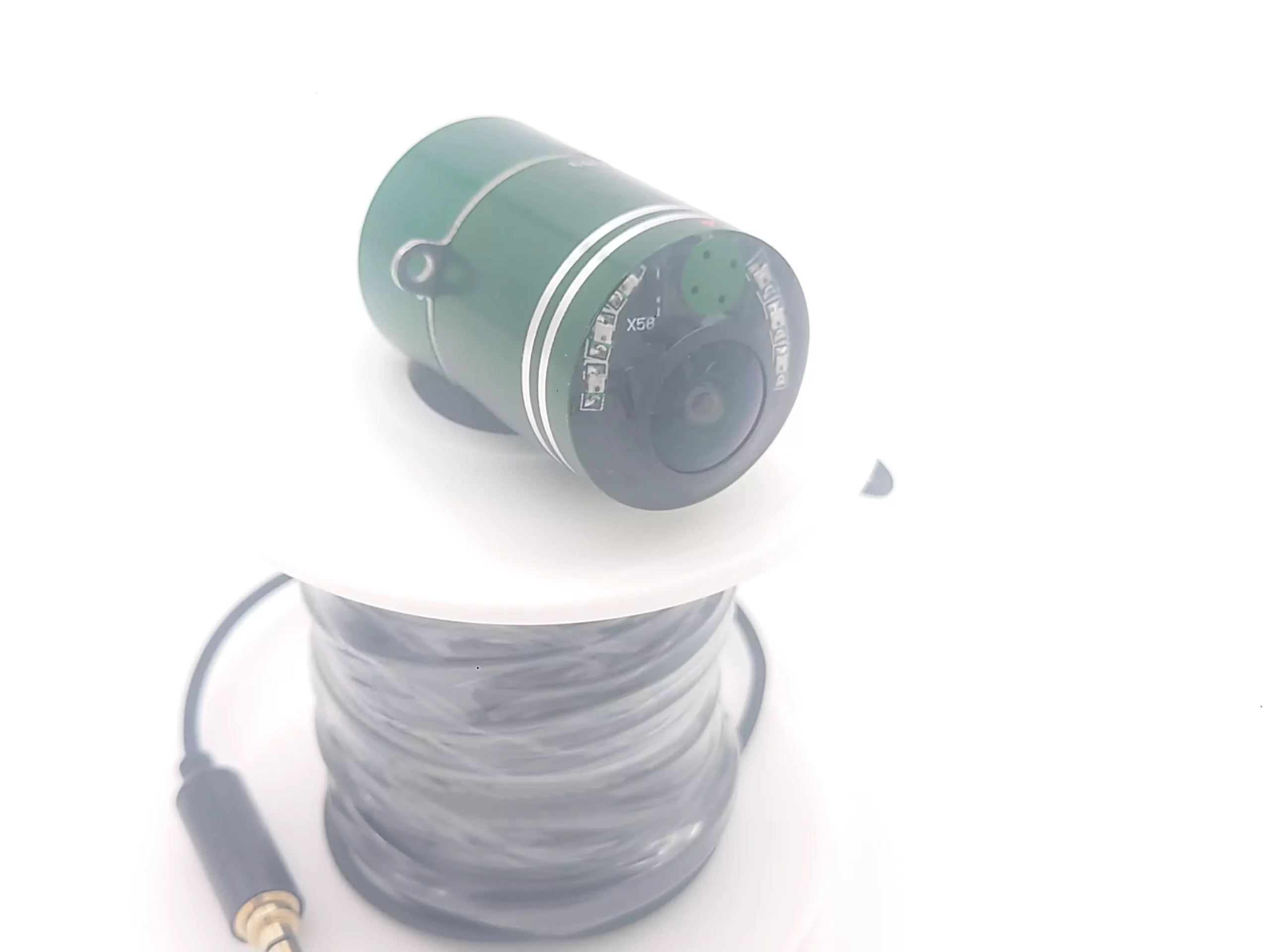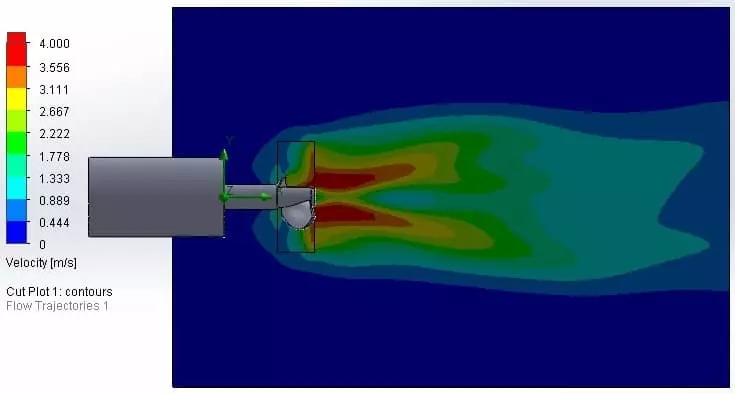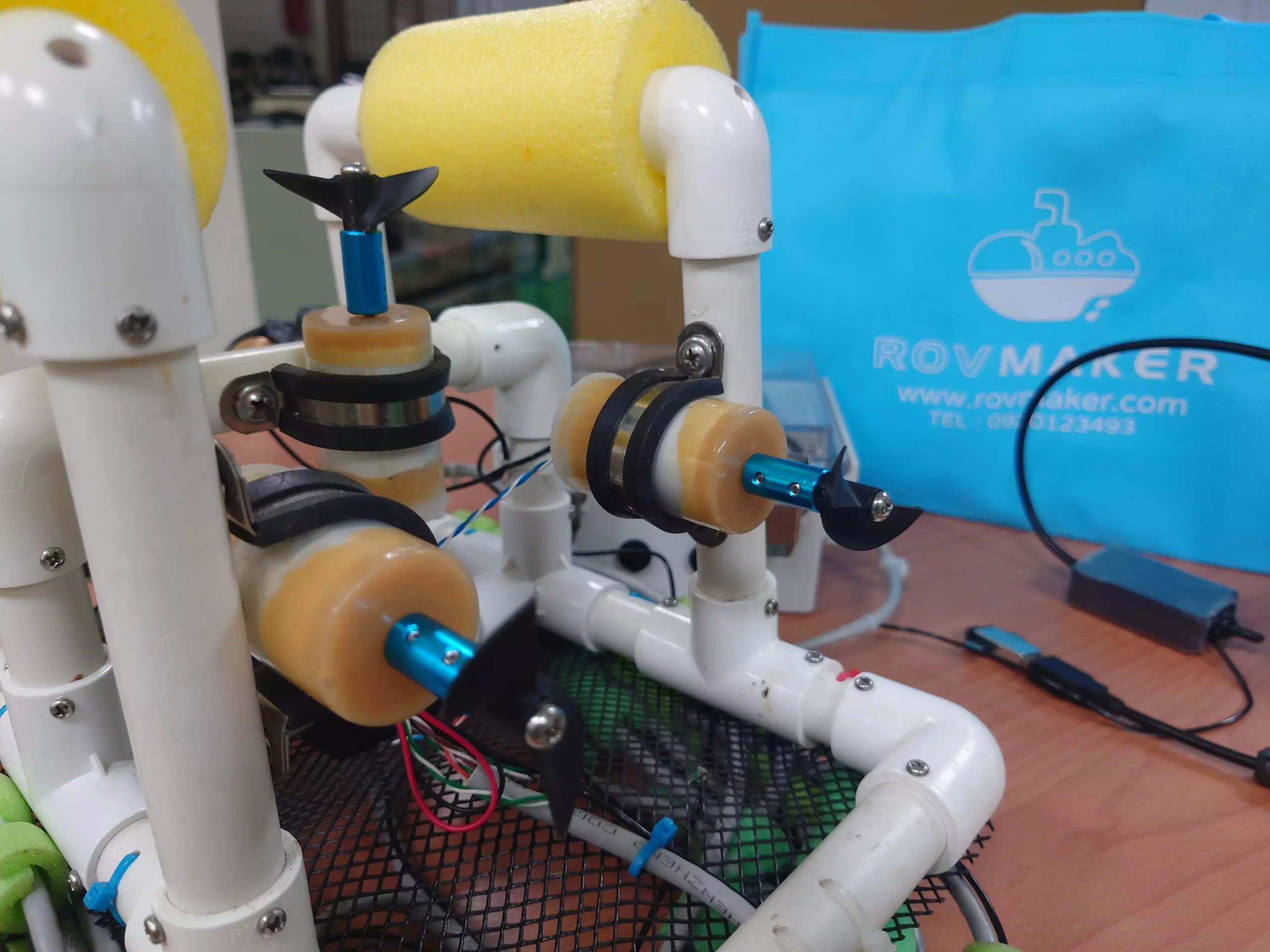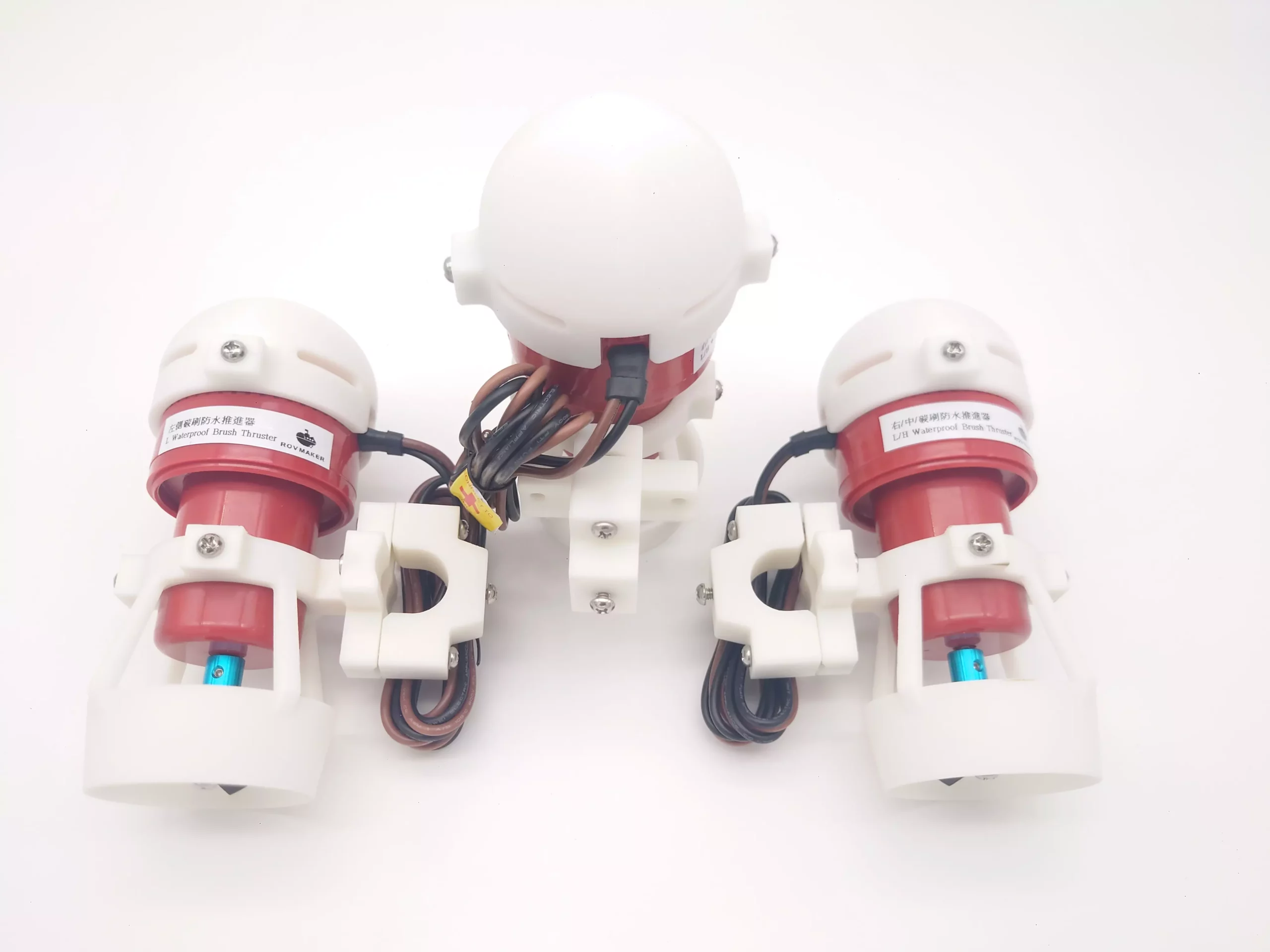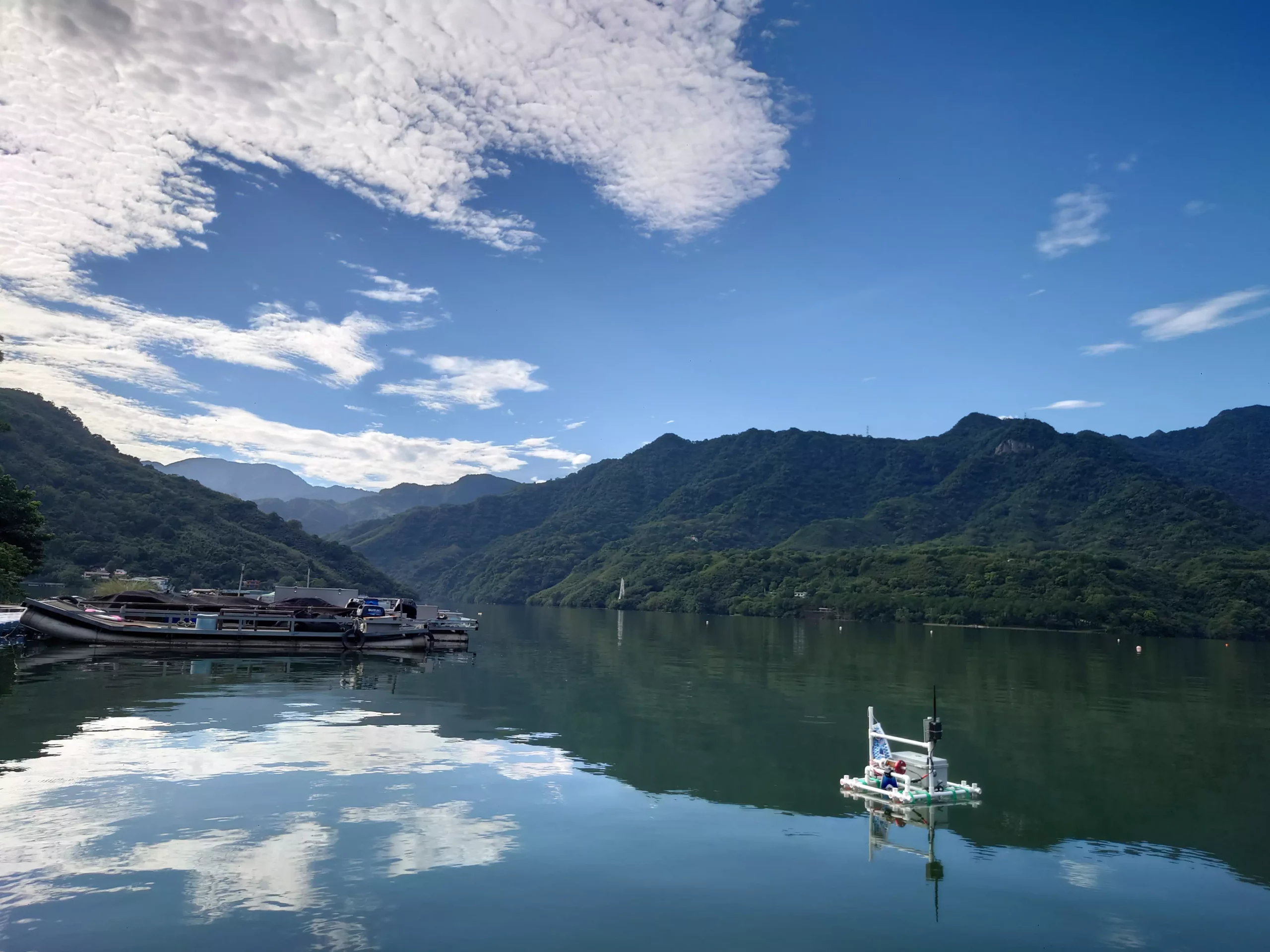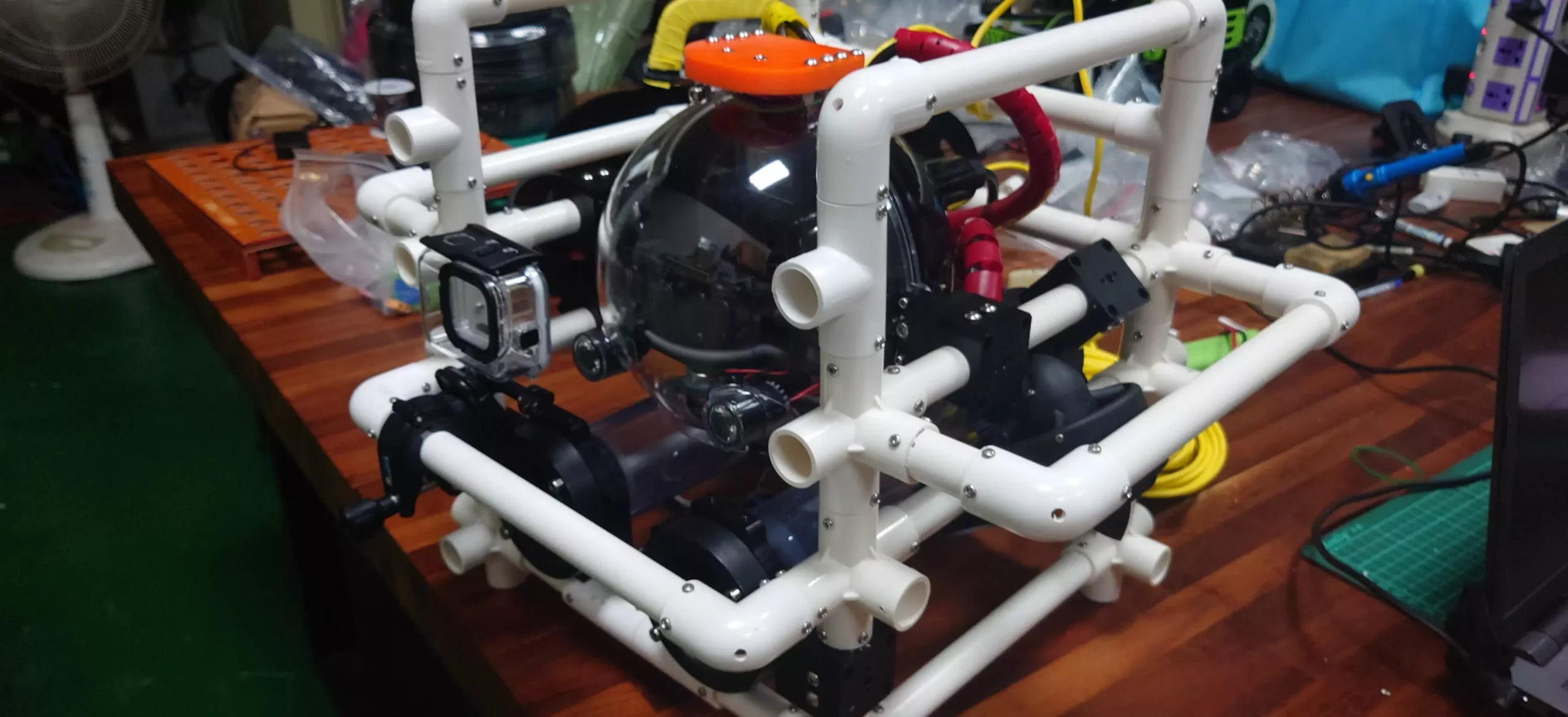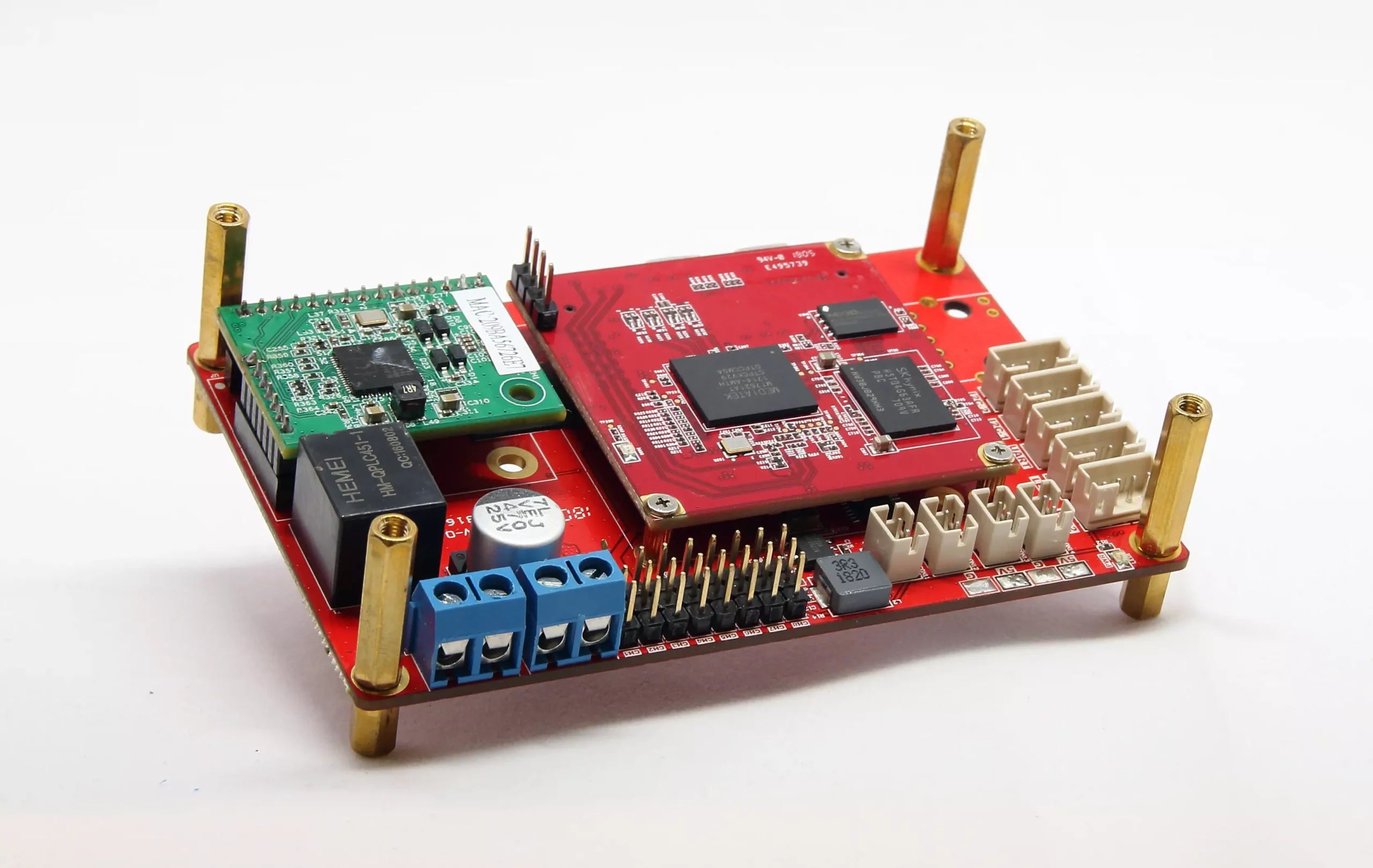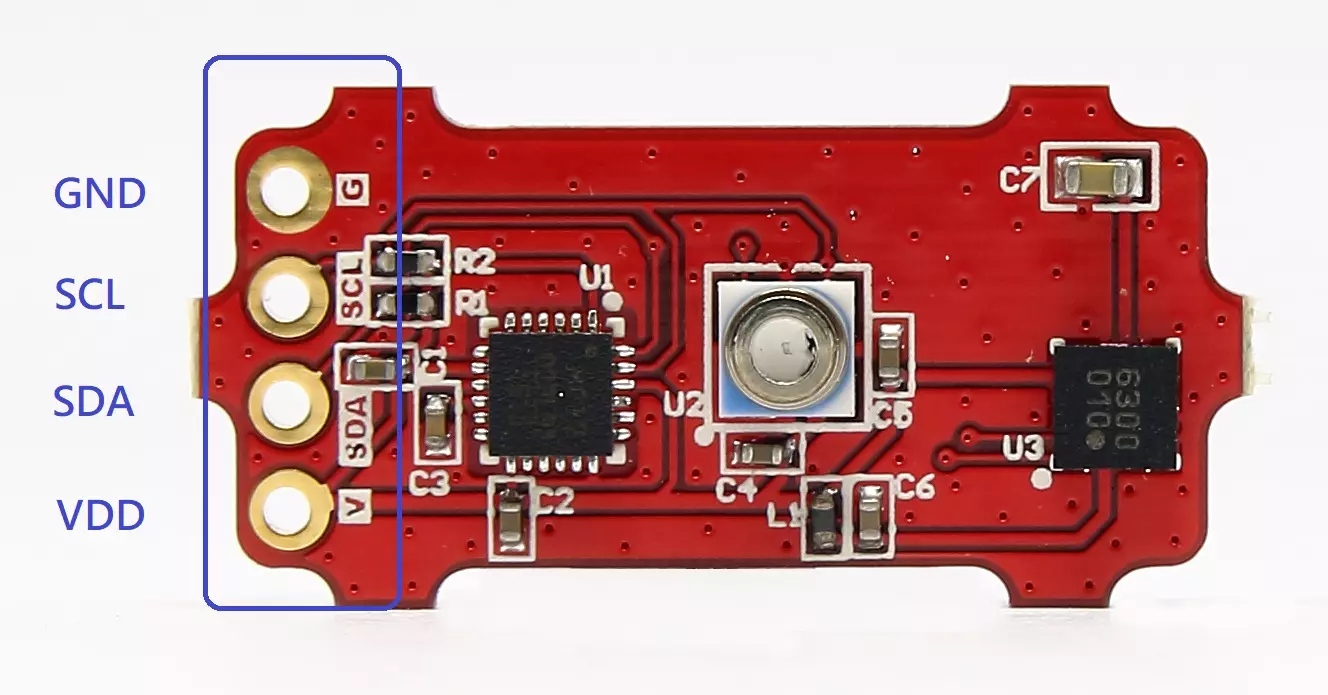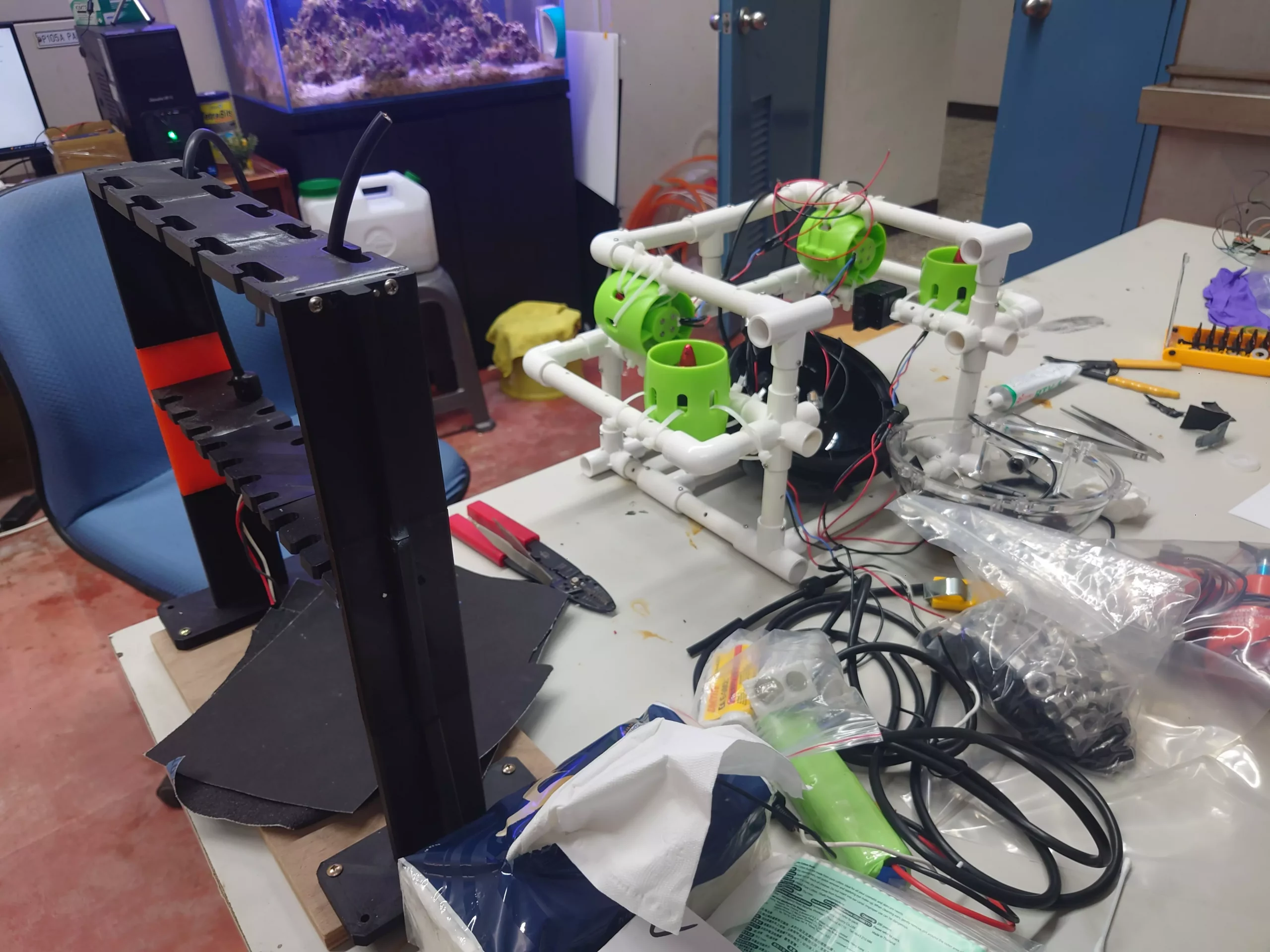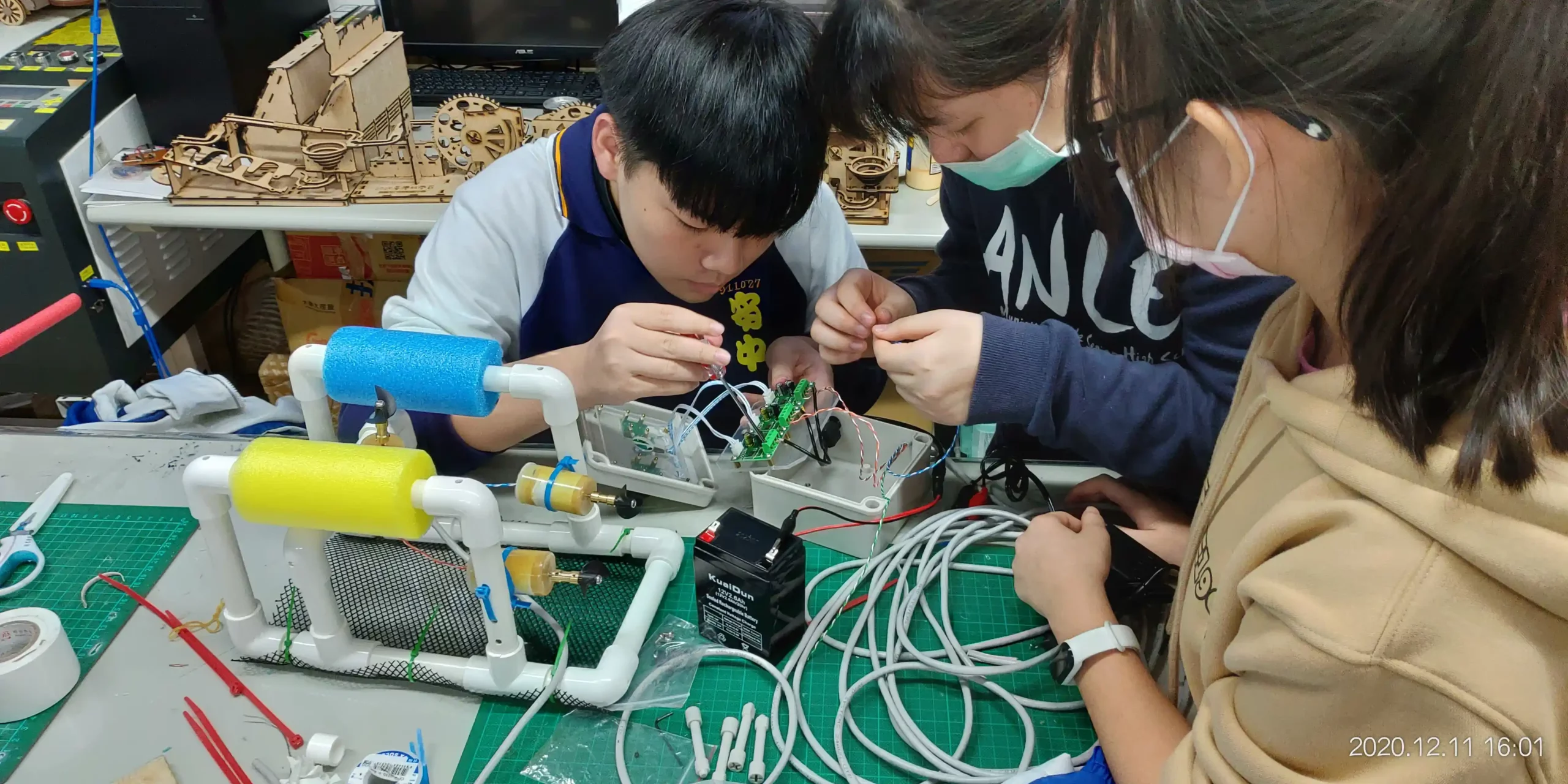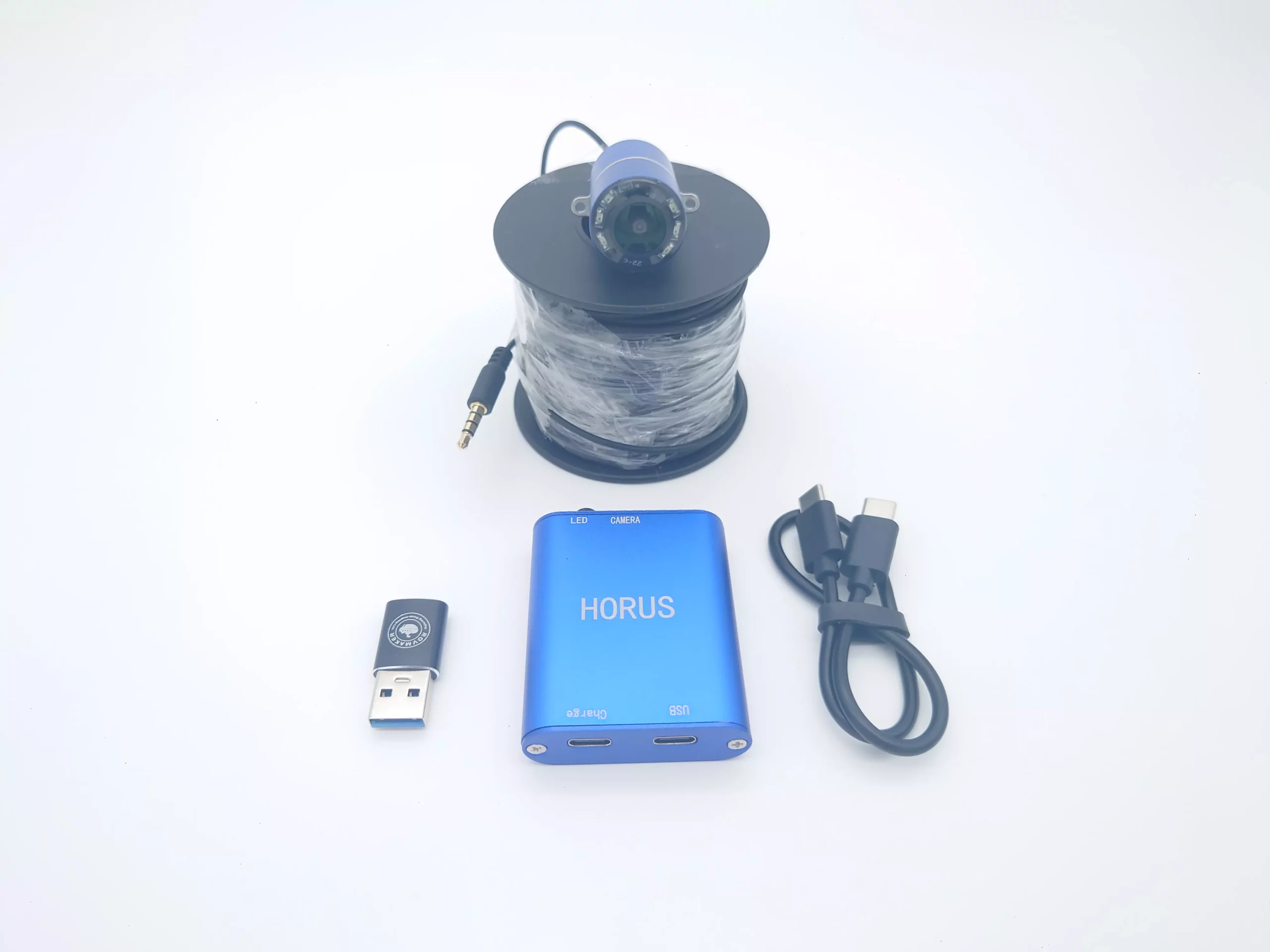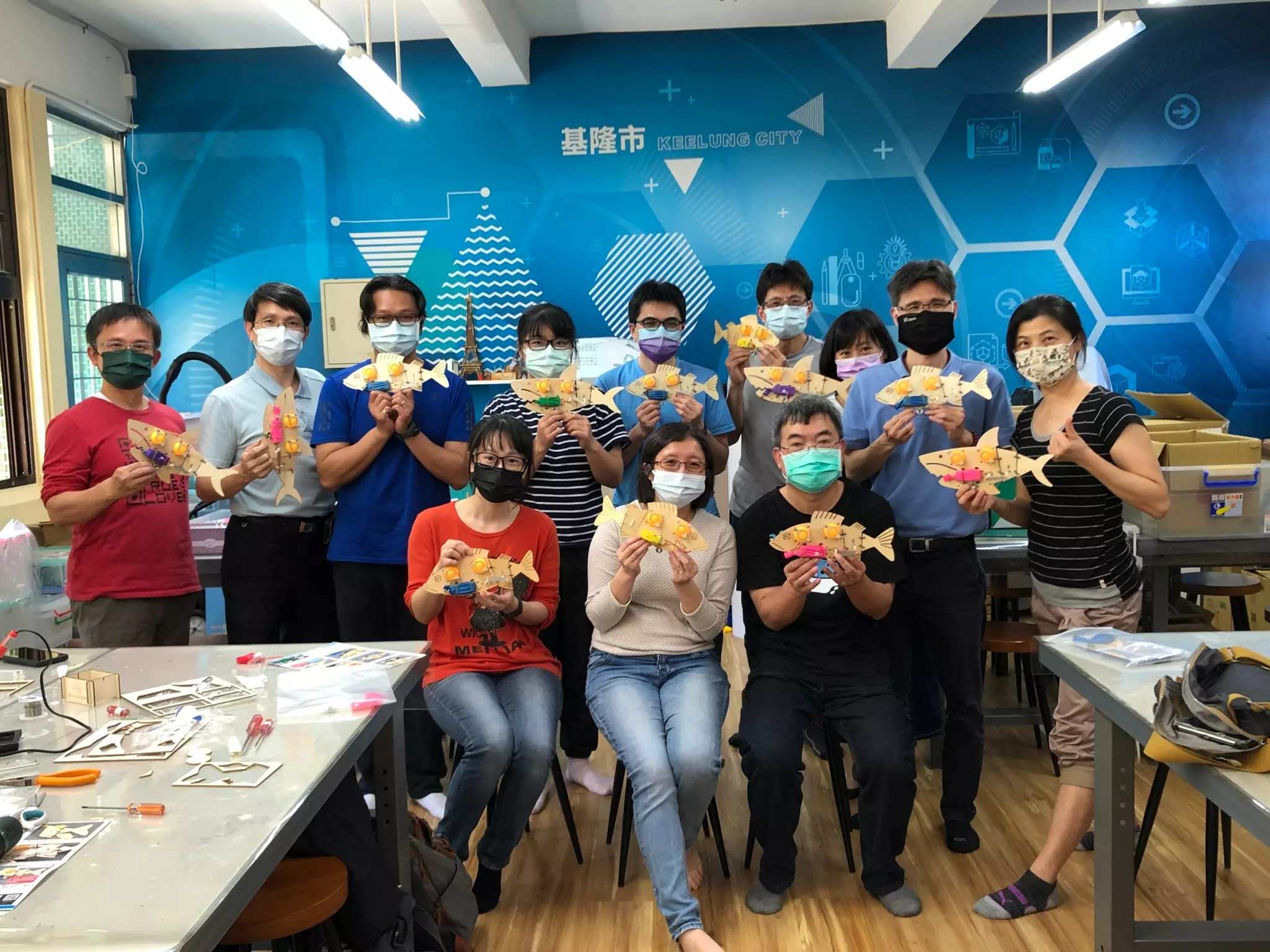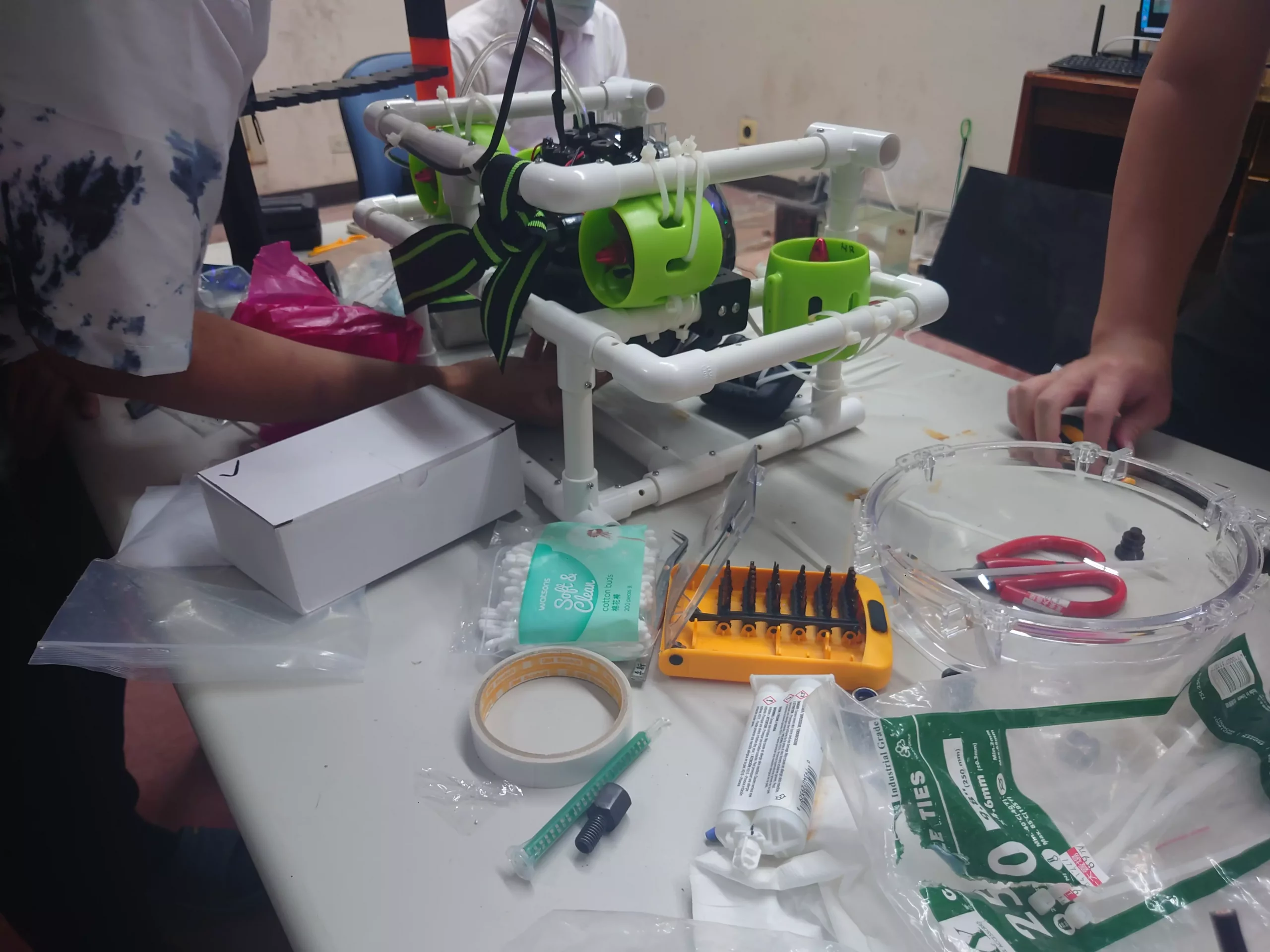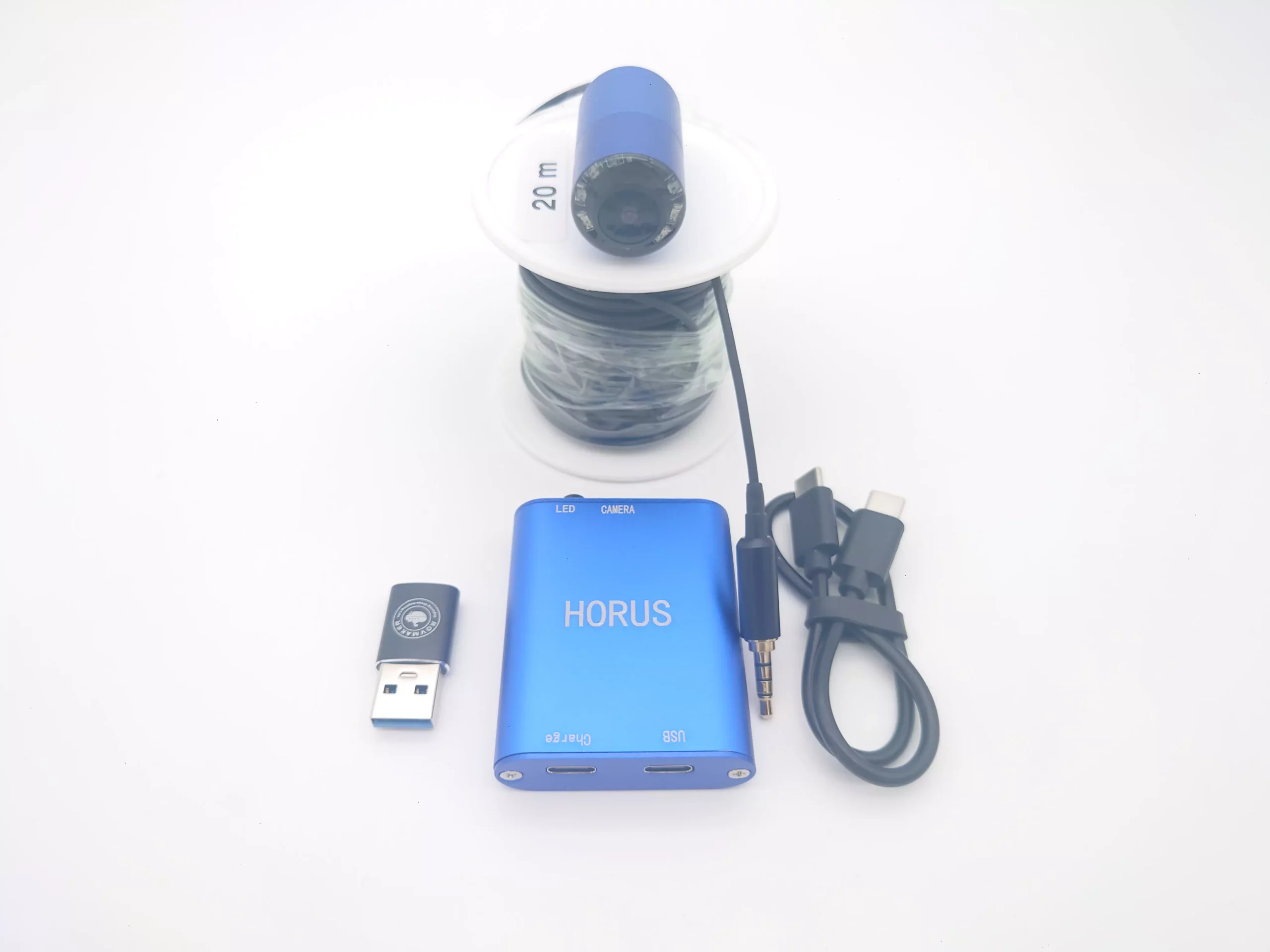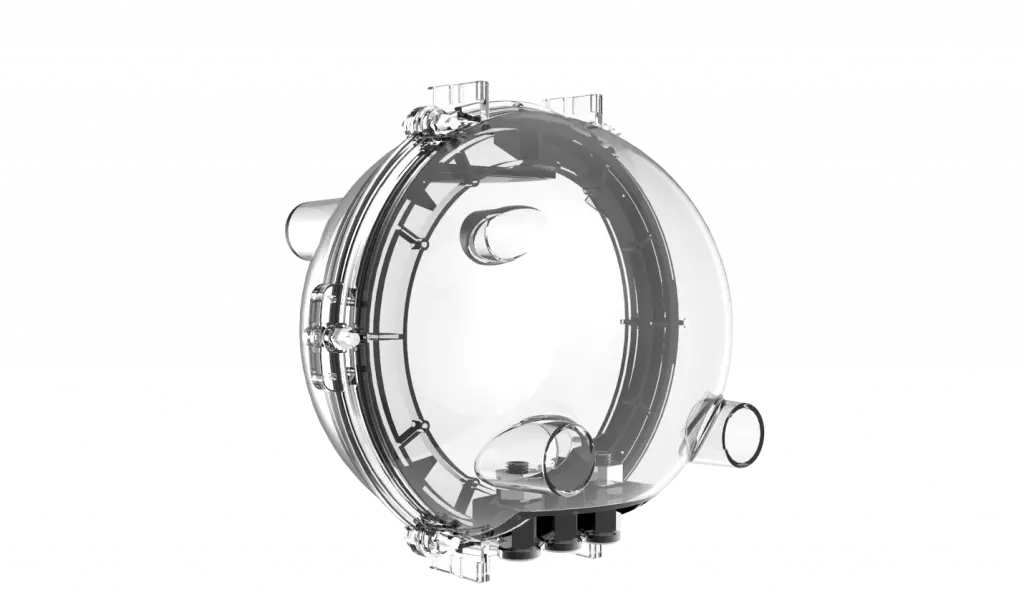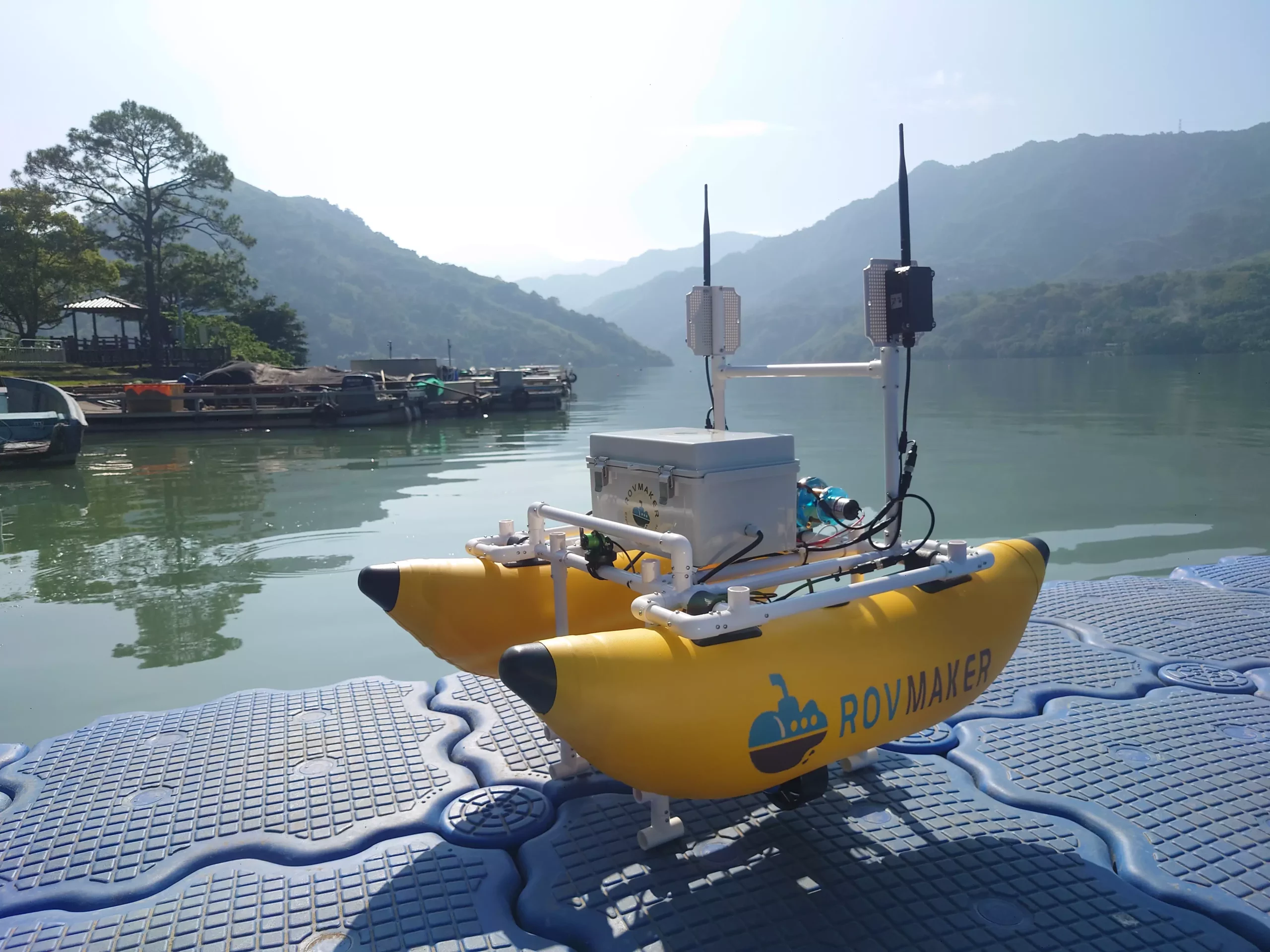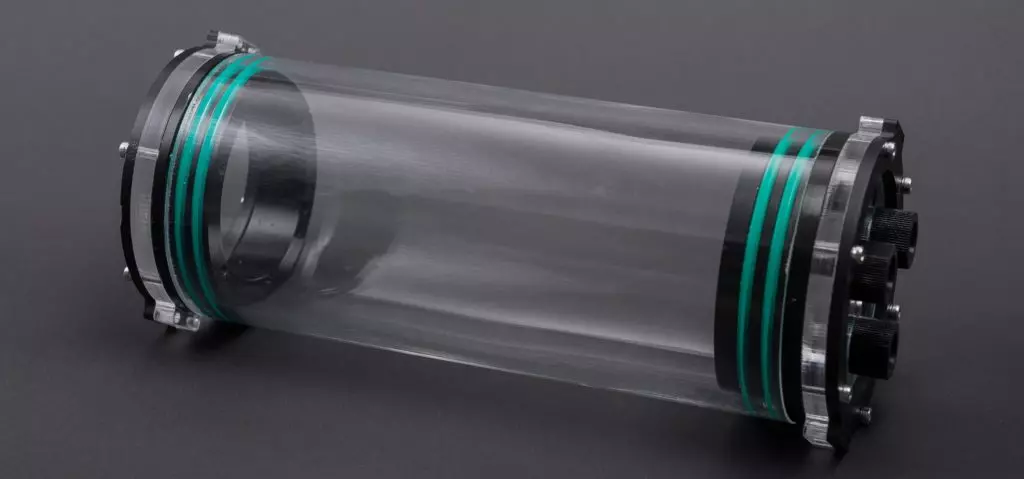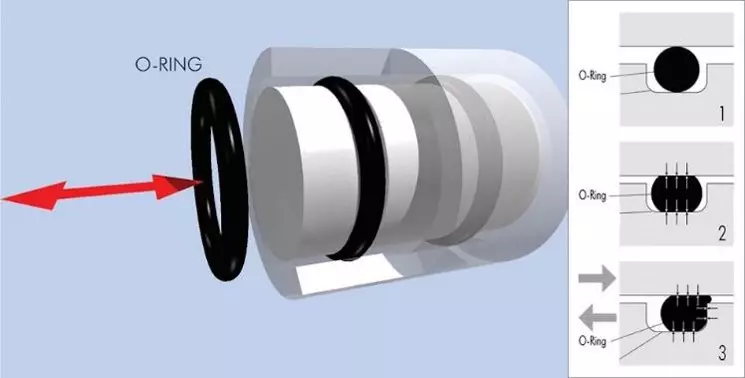DIY Your ROV- Brief Discussion on Waterproof Tube
The need for waterproof is the biggest difference between ROV and other robots, and it is also one of the biggest challenges for makers to make their own home-built ROV. The waterproof requirement here is not the IP 68/67 for consumer products, but the waterproofing between 10 meters and 100 meters in depth. Not only the leakage problem, but also the ability to withstand water pressure proportional to the depth of the water should be considered.
Bar is a unit for calculating water pressure, and 1 Bar is approximately equal to 1kg/cm2 (1.0197 kg/cm2). A simple estimate is that every 10 meters of water depth increases the pressure by about 1 atmosphere.
About one atmospheric pressure, you can recall the Magdeburg hemisphere experiment mentioned by the Physics book in your School. About More atmospheric pressures, you can observe the force of the high-pressure water column when washing the car.
To keep away from water, generally when designing ROV, the related control circuits and batteries are put into the so-called waterproof tube. In order to withstand the water pressure proportional to the water depth, the waterproof tubes of ROV are generally cylindrical or spherical. Because this two kinds of waterproof tube can evenly distribute the water pressure to every part of the surface of it.
In order to replace the battery or repair, the waterproof seal needs to be designed to be opened and closed at any time, just like the lids on both sides of the round tube in the picture above.The waterproof design at the junction of the detachable part and the tube body is a major consideration.Based on the cost, the waterproof tube with 100 meters depth is generally waterproofed by the O-RING lateral pressure method.
The waterproof principle of O-RING is to use O-RING to be deformed by pressure to fill the gap of the groove where ORING is located, so as to achieve the purpose of waterproof or air tightness. There are related design specifications for O-RING and the proportion of grooves, Interested readers can refer to this link.
Because O-RING is pressed for waterproofing, the accuracy of the inner diameter of the waterproof tube itself is also a major factor affecting waterproofing, because this determines the degree of compression of O-RING.In the early Voyager II design, the battery tube was made of commercially available acrylic tube. But the acrylic tube production process cannot guarantee a precise range of inner diameter tolerances. Therefore, the difference in inner diameter tolerance on both sides of an acrylic tube with a length of only 30cm can be so large that the O-RING of the same cover can be waterproof on one side, but leak water on the other side.
Even if the battery tube of Voyager II is changed to a PVC tube dedicated to semiconductor equipment, the outer diameter tolerance is extremely small, but its inner diameter tolerance still cannot reach the waterproof tolerance range(too tight). This requires CNC machining to ensure that the inner diameter tolerance is within the dedicated range. The waterproof tube for ROV DIY needs to be produced by open mold or CNC secondary processing to ensure the inner diameter tolerance range. This is one of the reasons why the price of ROV-DIY waterproof tube is high.
In ROV design, the control board is put inside waterproof tube and needs to control the thrusters or receive the signal from external sensor outside tube. So the relevant control cables need to be connected from inside tube to the ouside, which requires the use of dedicated waterproof connectors. You can buy waterproof joints for underwater robots that are available in the market. The price is higher and you must modify the structure of your own waterproof tube to meet the purchased waterproof joints.
For ROV-DIY, there are cheaper waterproof tubes on the market, with dedicated waterproof joints provided. The number of supported waterproof joints determines the selling price and supports more complex ROV Design.The waterproof joint of such kind waterproof tube needs more DIY by user . The processing method is that after the dedicated cable pass through the waterproof joint and the length is confirmed, the user must use epoxy resin to fill the gap in the waterproof inside joint. The choice of epoxy resin will be one of the key points.
The following video introduces the concept of the above waterproof joint processing
Usually, the waterproof tube reserves a waterproof joint as a vent valve. It is known from the Boyle-Mariotte law that when the cover covers the waterproof tube and inside it, the air pressure in the tube will increase due to the smaller volume inside. If the larger the volume of the cover inside the tube, the air in the waterproof tube will be smaller and the pressure will be higher. At this time, if the friction coefficient between the O-RING and the waterproof tube is not enough and there is no air leakage, the cover may slip out of the seal Cabin a little or even the whole exit.
After your finished the waterproof tube deovted to your ROV, a vacuum pumping test can be performed to verify air tightness. As a consideration for whether or not for under water test. In ROV MAKER’s experience in producing Voyager II, passing the vacuum pumping test cannot guarantee to withstand the water pressure within the specification, but failing the vacuum pumping test, basically unable to try the water pressure test, and the probability is very high It will leak (our experience is 100% leaking).
The following is the vacuum pumping video after assembly of ASGARD for reference !!

